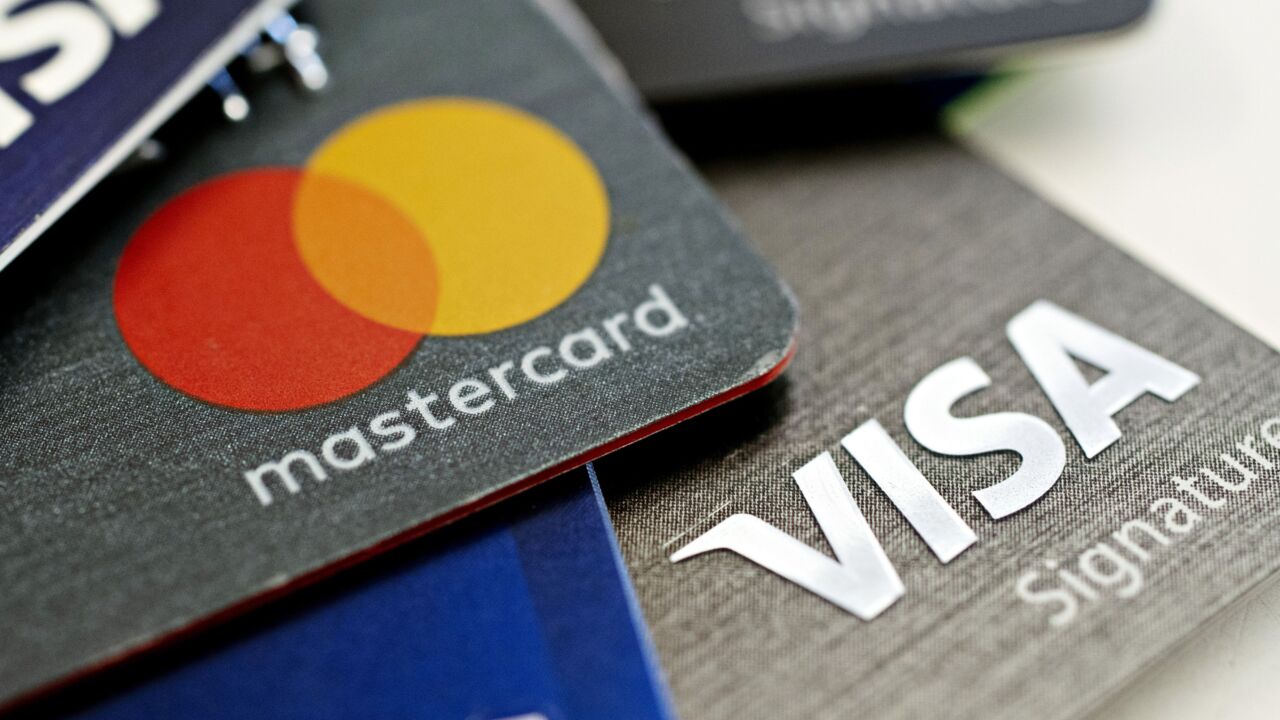The U.S. was one of the last major countries to adopt EMV chip-card security to block card-skimming, in 2015, and this rollout — which required merchants to buy new point-of-sale hardware — was initially seen as a possible catalyst for contactless and mobile payments.
But the decisions made five years ago are creating problems for contactless payments today.
Two different contactless operating modes are still in place in the U.S. — magnetic stripe data (MSD) contactless from before the 2015 liability shift, and new EMV contactless — which many issuers, merchants and processors are struggling to reconcile under the card networks’ EMV contactless requirements.
Card issuers have banned contactless MSD-only card issuance in favor of more secure EMV cards, but contactless MSD-only readers still dot the U.S. landscape. Examples include vending machines, kiosks and some stores whose terminals supported pre-EMV contactless and mobile payment pilots. Major initiatives included
“The U.S. is now in a transitional period with both modes active, creating a complex environment for merchants and issuers to navigate when trying to align to each of the payment network’s rules,” the U.S. Payment Forum said this month, announcing a
To close the gaps, most processors have opted to support both contactless types, but doing so has been challenging because each card network took a unique path to developing contactless, and the rules vary, according to the U.S. Payment Forum.
The card networks are also adding pressure for issuers, merchants and processors to upgrade to EMV contactless by requiring all new payment terminals to support contactless EMV and gradually ending support for MSD contactless.
Processors are in various stages of upgrading their platforms to support both MSD and EMV contactless, and Fiserv was one of the first to complete the process a couple of months ago, according to Jamie Topolski, Fiserv’s director of payment card products.
“This older contactless standard was declining in importance, but it was a bit of a barrier for processors preparing to handle contactless transactions on a mass scale,” Topolski said.
Merchants are gradually replacing hardware with the EMV contactless standard, but many are waiting until equipment wears out, which could still take some time, he suggested.
Issuers face different factors in their decision to commit to contactless cards, according to Topolski.
The cost of upgrading to EMV — without contactless technology — was steep enough for smaller banks and credit cards, and many are waiting as long as possible before redesigning their card stock, he said.
“Quite a few issuers we talk to still have a lot of contact-only EMV card inventory they need to burn through — some have up to eight months’ worth,” Topolski said.
Many smaller issuers are taking the same approach as
As more large merchants and major transit agencies promote contactless card acceptance, Topolski expects smaller financial institutions will get on board.
Currently Fiserv data suggests contactless represents a small share of U.S. transactions, but it's accelerating.
“The contactless shift in the U.S. has taken a bit longer than some expected, because of these various technological obstacles and the overall slowness of adoption, but we expect to see a tipping point with card acceptance and issuance pretty soon,” Topolski said.





